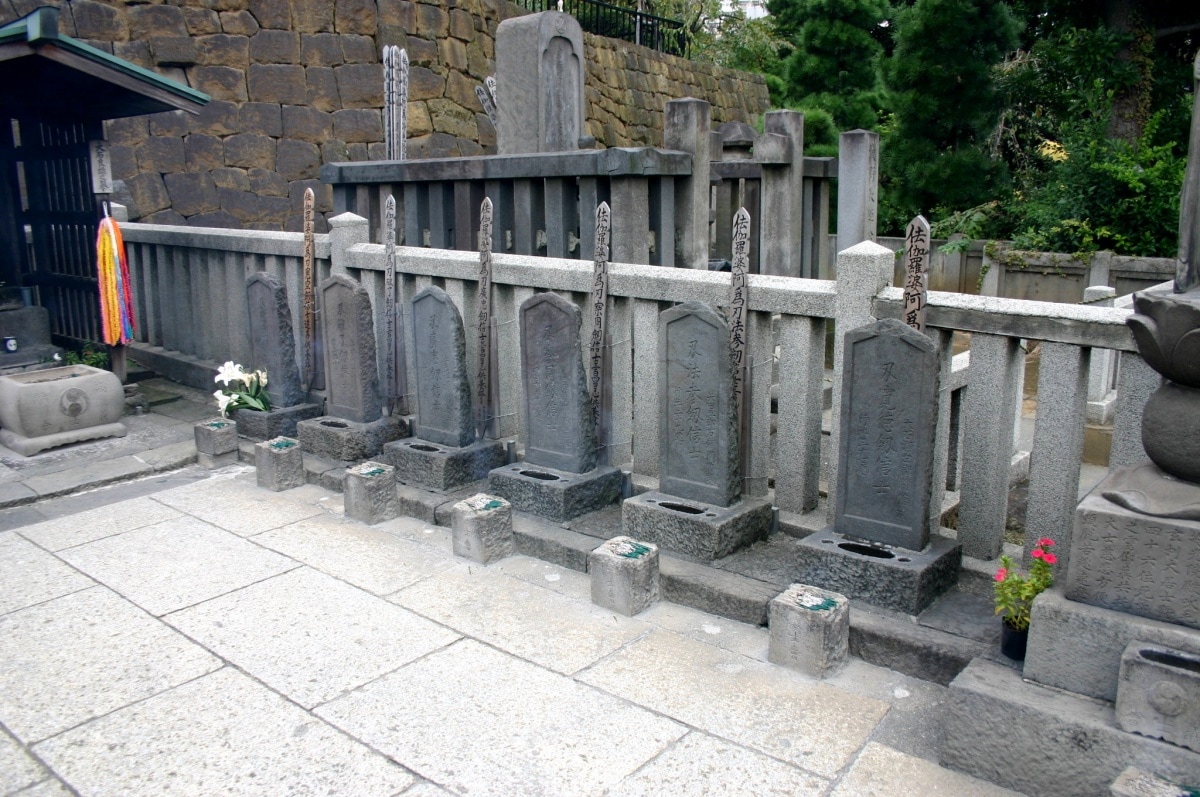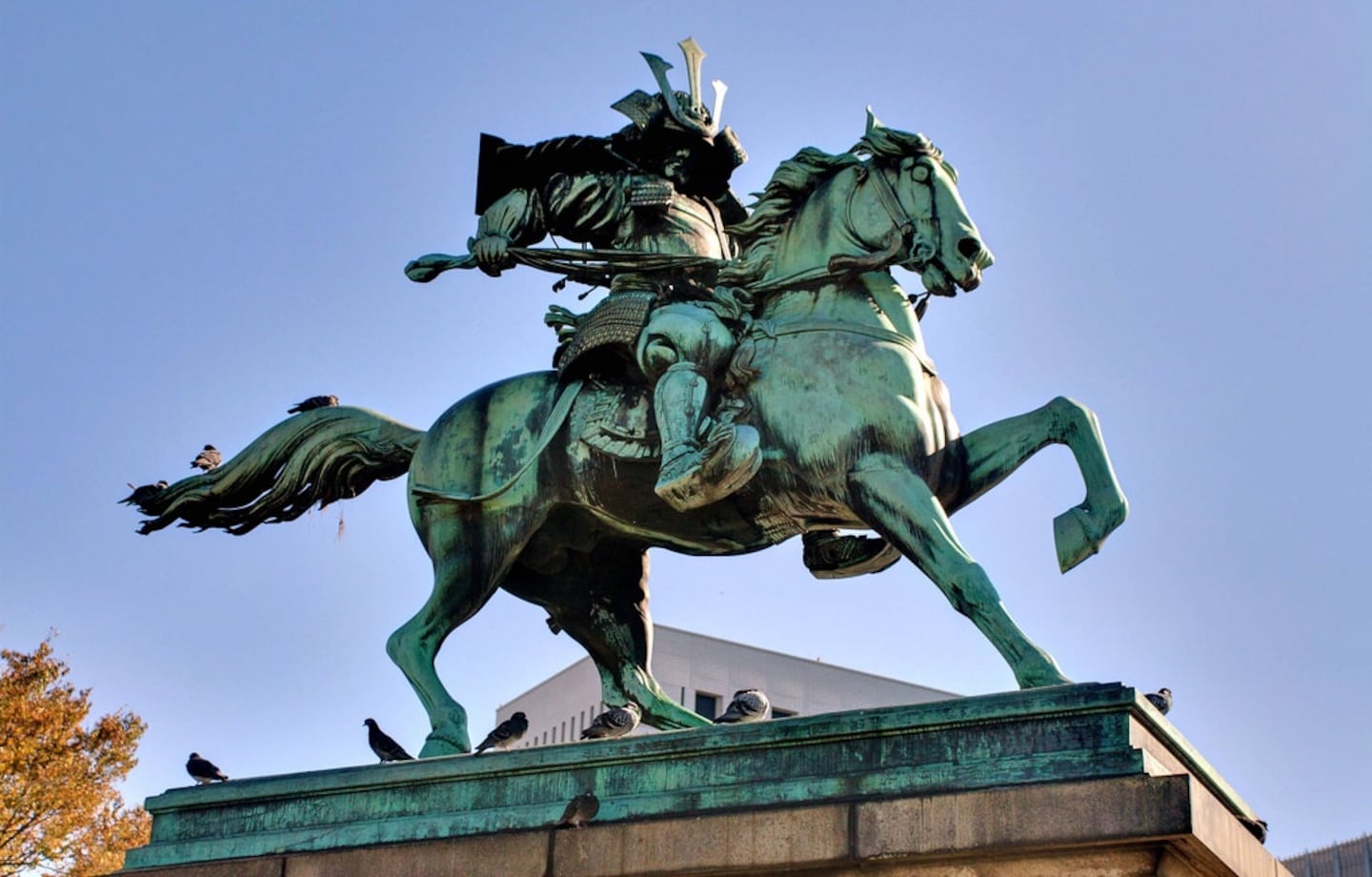7 Samurai Spots in Tokyo & Surrounding Areas
If our week of samurai articles has rekindled your samurai dreams, now's the time to go out experience the days of bushido with your own eyes! And you don't even have to go far from Tokyo to do so!
By Diletta Fabiani1. The Samurai Museum
https://www.youtube.com/watch?v=EDyQLZBJ0m0
No samurai trip is complete without a visit to the Samurai Museum! Located in Shinjuku, the museum not only displays samurai memorabilia such as swords and armor, it also lets you relive the thrill of being a samurai through its "Experience" offers, which include a photo shoot in samurai costumes, calligraphy lessons and sword practice. Admission, which covers the cost of the exhibitions and a sword battle performance, is ¥1,800 for adults, ¥800 for kids and free for kids under 3 years old. For more information, check the museum's website here.
2. Taira no Masakado (aka "Headless Samurai") Tomb
https://commons.wikimedia.org/wiki/File:Taira_no_masakado_kubiduka_2012-03-22.JPG
This spot was already featured in our article "Japan's 8 Creepiest Shrines & Temples," but if you need to refresh your memory here's the story:
Taira no Masakado (903? - 940) was a samurai who controlled part of the Kanto region and led a rebellion against the Kyoto central government. People in the government didn't take this very well, so the revolt was quickly sedated and Masakado and his followers were killed. Masakado was then decapitated, and his head showed off in the streets as a warning to everyone. Apparently, this action spurred Masakado's spirit to become enraged at the humiliation, and it began haunting the streets.
From there, his head somehow found a way to Shibasaki, a small fishing village which later became part of Tokyo, and was buried in the current spot (near Otemachi Station). In 1309, a monument called Masakado no Kubizuka (the Mound of Masakado's Head) was built to appease the angry spirit. In the 1920s, after the Great Kanto Earthquake, Tokyoites tried to move the head and the monument in view of new land development in the area, but that didn't sit well with the spirit and, in a short period of time, many people connected with the project got seriously injured or died. As a result, you still can see the small shrine sitting in Tokyo's asphalt jungle, near Exit C5 of Otemachi Station.
3. The Tombs of the 47 Ronin

https://upload.wikimedia.org/wikipedia/commons/7/7c/Graves_of_the_47_R%C5%8Dnin_at_Sengaku-ji_S%C5%8Dt%C5%8D_Zen_Buddhist_temple%2C_Tokyo%2C_Japan.jpg
The tale of the 47 Ronin is one of the most famous historical stories of Japan and has been adapted in countless creative works, including a blockbuster movie featuring Keanu Reeves. The story is also known as the "Ako Incident" (赤穂事件, ako jiken) or "Ako Vendetta."
As the story goes, 47 samurai were serving their daimyo (feudal lord) Asano Naganori, but when he was unjustly condemned, stripped of all his riches and forced to commit seppuku (ritual suicide), they were suddenly left without leader and thus became ronin (samurai without a master). While there are various reasons behind the forced suicide, they all seem to link back to the arrogant attitude of a powerful official called Kira Kozuke-no-Suke Yoshinaka, who was supposed to instruct Asano about court etiquette. The story claims that Kira became angered by Asano when he refused to offer him bribes (in some other versions, he considered the gifts offered to him to compensate his instruction were considered insufficient). Kira kept treating Asano harshly and one day, when the latter got called "country boor with no manners" by the former, Asano assaulted Kira with a dagger and mutilated his face. While Kira's wound was not serious, the attack happened in Edo Castle, were violence was completely forbidden, and for this offense, Asano was sentenced to death by seppuku.
While Asano had around 300 men under his command, 47 of them—led by Oishi Kuranosuke—refused to let the incident go unavenged, even knowing that they would be punished if they acted in any way against Kira. Since they knew Kira was highly guarded and would be suspicious of them, they dispersed and for two years pretended to be regular people, such as tradesmen or monks, or even homeless drunkards. When Kira eventually let his guard down, the samurai gathered and attacked his mansion, killing him and cutting off his head.
After the incident, the 47 ronin were also obliged to commit seppuku. They were buried on the grounds of Sengaku-ji Temple (near Shinagawa Station), in front of the tomb of their master, where they still can be visited today. The temple also includes a museum, called "Akogishi Kinenkan," where you can see the armor and weapons the ronin wore to the attack. These were mostly handmade as buying them would have raised suspicions. There are also some interesting statues at the temple, including a bronze one dedicated to leader Oishi Kuranosuke, pictured while holding a scroll with the names of the 47 ronin, and 47 mannequins dedicated to each one of the ronin (on the second floor of the museum).





